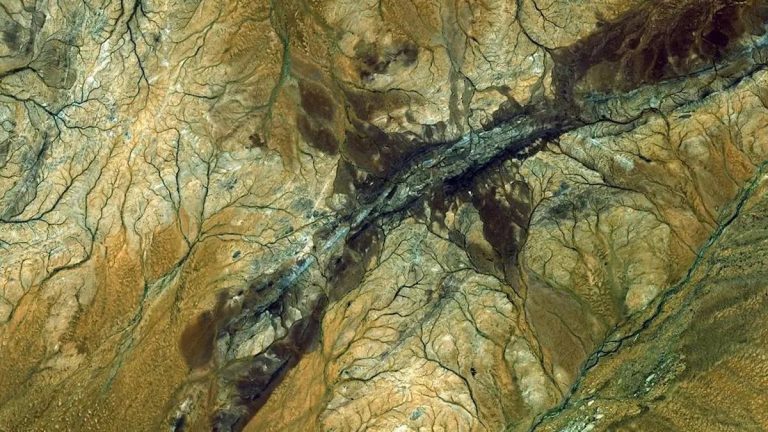The Earth has existed since 4.54 billion yearsand during this time, our planet has experienced a number of violent transitions. This makes it difficult for researchers to discover what happened early in Earth’s history, because most of the evidence was destroyed eons ago.
However, scientists have discovered ancient rocks scattered all over the world. These remains provide insight into Earth’s beginnings and help scientists trace the evolution of our planet. Here are some of the oldest rocks ever discovered and the information they provide about our home planet.
The Jack Hills, 4.4 billion years old

The Jack Hills of Western Australia contain tiny traces of rocks older than the hills themselves. The 50 mile (80 kilometer) long ridge contains crystallized minerals called zircons dating back to 4.4 billion years agomaking them the oldest terrestrial materials ever discovered. Zircon crystals are durable; they can survive even when the rocks around them are destroyed, eroded, or recycled into the Earth’s middle layer. Zircons contain radioactive uranium, which decays very slowly, helping geologists accurately date the crystals. Some zircons from the Jack Hills, dating to around 4 billion years ago, also suggest that Early Earth had fresh water only 600 million years after its formation.
Nuvvuagittuq greenstone belt, 3.8 billion to 4.3 billion years old

The Nuvvuagittuq greenstone belt in northern Quebec may contain the oldest preserved rock in the world. A greenstone belt is a long area that contains mainly metamorphosed sedimentary and volcanic rocks and constitutes the remains of an ancient ocean basin. The exact age of the Nuvvuagittuq rocks is controversial: Some studies used zircons to find a minimum age of 3.8 billion years, but a further study who examined parts of the Earth’s primordial crust suggested that the maximum age of the rocks was 4.3 billion years, meaning they date from the Hadean (4.6 to 4 billion years). Subsequent studies continue to debate the exact age of the belt. Some researchers have also suggested the belt contains evidence of the first life on Earth – traces of bacteria dating between 4.3 and 3.7 billion years ago.
Related: What is the difference between a rock and a mineral?
Acasta Gneiss, 4 billion years old

Rocks located in the Acasta gneiss complex in northern Canada have been dated to 4 billion years ago, making them the oldest definitively dated rocks, according to the educational platform. Open geology. Gneiss is a type of metamorphic rock that has been subjected to high temperatures and pressures deep in the earth’s crust. The rock was isotopically dated, meaning the scientists measured the relationship between uranium atoms transformed into lead.
Isua greenstone belt, 3.8 billion years old
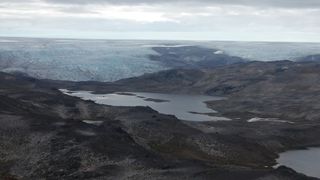
The Isua greenstone belt in western Greenland contains some of the oldest rocks on Earth. However, Isua is also important because some researchers say it holds the earliest evidence of life on Earth, dating back to 3.7 billion years ago. In 2017, researchers discovered what looked like tiny waves in a cross-section of the surface of a rock outcropping. The researchers said the ripples are the fossilized remains of cone-shaped stromatolites — layered mounds of sediments and carbonates that accumulate around colonies of microbes that grow on the bottom of shallow seas or lakes. However, this discovery is controversial. Additionally, Isua holds the “chemical fingerprints” of an ancient magma ocean that boiled over much of the Earth’s surface. 4.5 billion years agoshortly after the birth of the planet.
Barberton greenstone belt, 3.5 billion to 4.1 billion years old
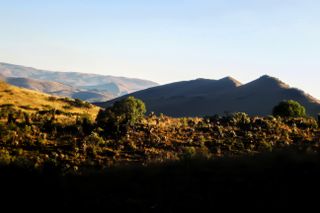
Ancient rocks of the Barberton Greenstone Belt of southern Africa contain evidence of some of the first known earthquakeswhich occurred approximately 3.3 billion years ago. The rocks bear witness to the beginning plate tectonics. In 2021, researchers published a partial study map of the belt, which revealed “a gigantic jumble of blocks” detached from the place where they were formed, Simon Lambgeologist at Victoria University of Wellington in New Zealand who later participated in a study on Barberton, Live Science said at the time. The belt also contains ancient zircons dating between 4.1 billion and 3.3 billion years ago.
Napier Complex, 3.6 billion to 4 billion years old
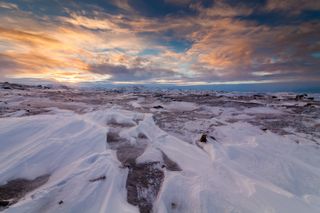
The Napier Complex in eastern Antarctica contains zircons dating back about 3.6 billion years and a single zircon dating back 4 billion years ago. “Its importance cannot be overestimated, as it could indirectly prove the existence of a Lower Archean crustal block with a minimum age of 4 Ga (4 billion years),” researchers wrote in a study by 2011 on zircons published in the journal Doklady Earth Sciences. Crustal blocks, also called fault blocks, are huge chunks of rock formed by tectonic and other forces.
Anshan region, 3.8 billion years old
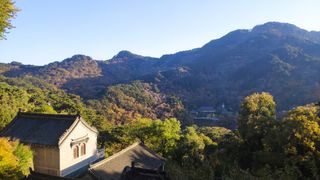
The Anshan region in the northeast China is home to the oldest rocks in the country and some of the oldest rocks in the world. Anshan is part of 580,000 square miles (1.5 million square kilometers) North China Craton, but oldest rocks cover less than 8 square miles (20 km²).
Big Bertha, 4 billion years old
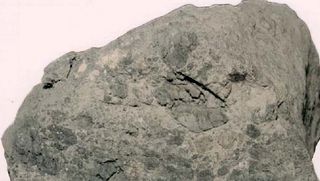
In 2019, scientists discovered that one of Earth’s oldest rocks had spent billions of years away from our planet and only recently returned. Apollo 14 astronauts collected the approximately 4 billion year old rock, nicknamed Big Bertha, from the surface of the moon in 1971. The stone contains minerals similar to granite and quartz, which are extremely rare on the moon , co-author of the study. Alexander Nemchinprofessor at the School of Earth and Planetary Sciences at Curtin University in Australia, said in a statement statement. The 2019 research found that parts of the rock formed under conditions rare on the Moon but typical on Earth. This discovery suggests that it formed on Earth but was knocked away from our planet by a giant asteroid impact, before settling on our celestial neighbor, according to NASA.


